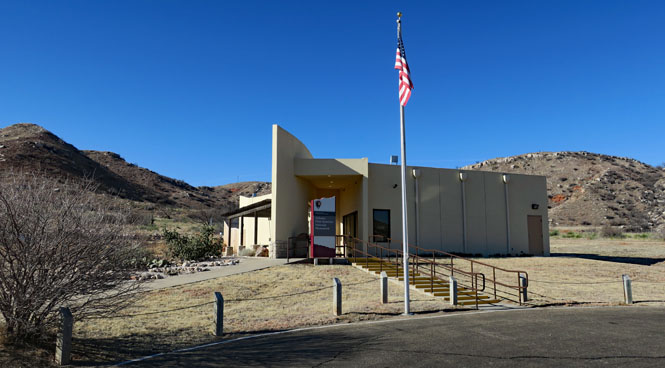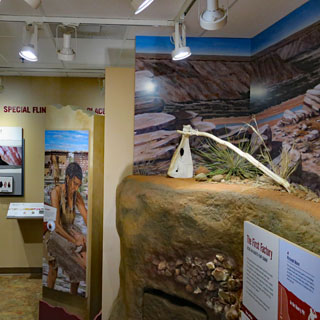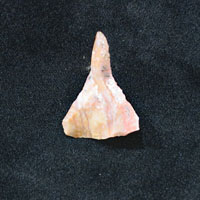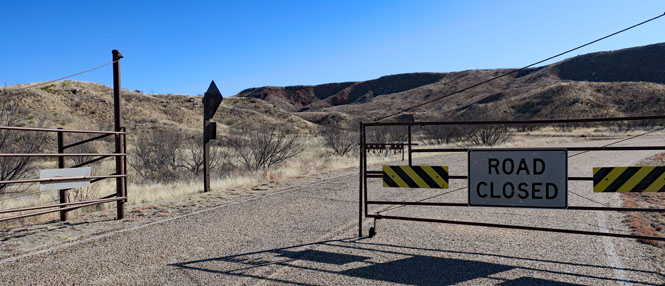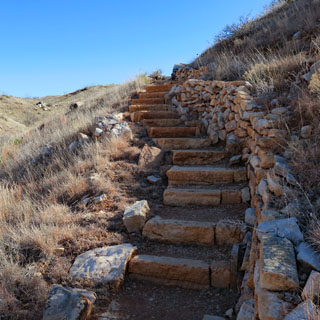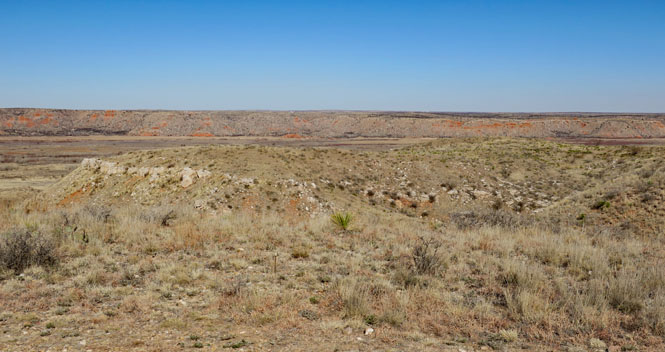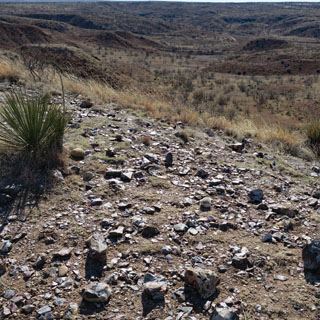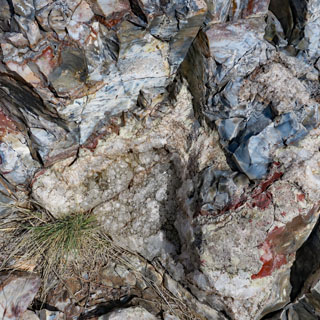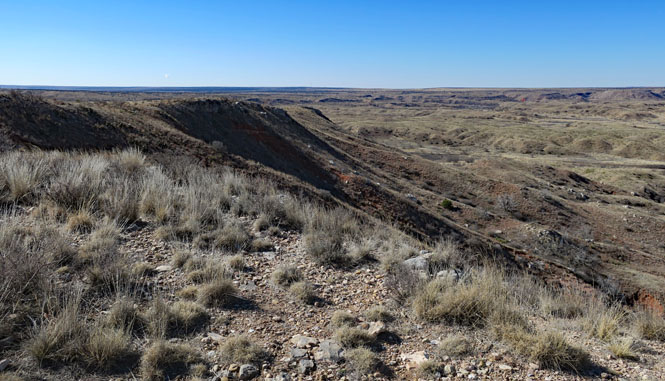February 25, 2017

Alibates Flint Quarries National Monument is on the Canadian River, north of Amarillo, Texas. The monument was created in 1965.
 Texas
Texas
The county road drops into the Canadian River valley; the park is along the southern bluffs.
 Alibates Flint Quarries
National Monument
Alibates Flint Quarries
National Monument
Some 670,000 years ago the massive eruption that created the Yellowstone Caldera dropped ten feet of silica ash over the exposed dolomite formations in the area. With rain, the calcium carbonate of the dolomite dissolved leaving silica dioxide--flint--in its place. Petrified dolomite, if you will. Anyway, that's how it was explained to me (if I've got it wrong, that's my fault and not the explainer's fault).
The local flint has two remarkable properties that make it special: 1) it's unusually hard and durable compared to your typical flint and 2) it's beautiful.
Both reasons are probably why the area was a very early example of industrial work (a "factory" by any other name). This was a working quarry and manufacturing center for millennia. Examples of Alibates flint have been seen all over the country, including with Woolly Mammoth kills dating from glacial times.
The visitor center.
They've got a nice museum and video room as well as a remarkably comfortable reading area.
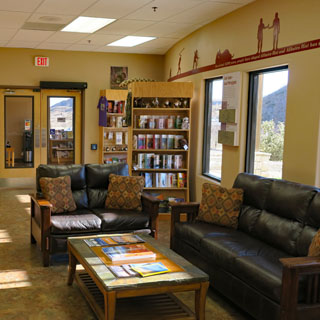
A few examples of points found in the area (these are on display in the visitor center).
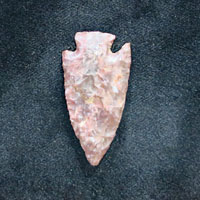

It should now be obvious why this area is closed to visitors without an accompanying ranger. This morning, there was just me, so I was able to ask all sort of questions of a ranger who was very well informed of the long history of the place--both geology and people.
There are many quarry sites in the park; we'd just be visiting a couple.
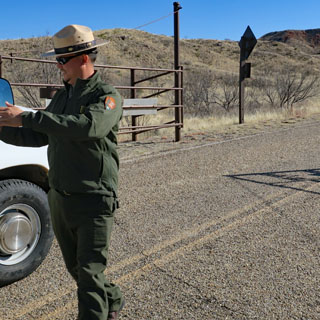
The thickness of the original dolomite layer defined how thick the Alibates Flint layer would eventually be--about eight feet. Conditions needed to be ideal, so you won't find Alibate Flint everywhere.
They aren't quarries as you might expect (if you're expecting large, deep pits). But, people (very long ago) have removed the surface soil to expose the flint; and, here it is. Without knowing otherwise, you might look around and think that nobody has been here, but this has been an active place for thousands of years. The quarry was last used in the mid 1800s (when the flint was used by the Indians for flint-lock rifles; a dramatic change in technology).
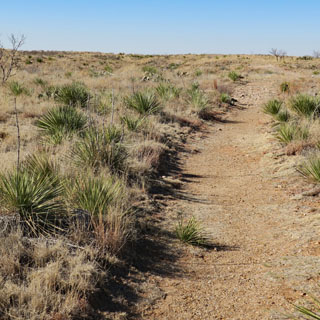
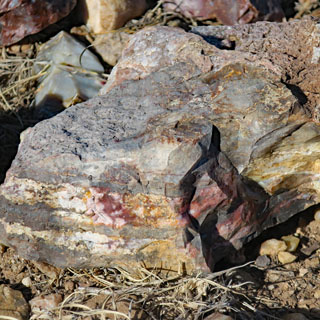
Ten thousand years of very skilled people, living in permanent villages in houses with rock walls, working flint into tools that would be used over the continent; it changes how you view a place.


